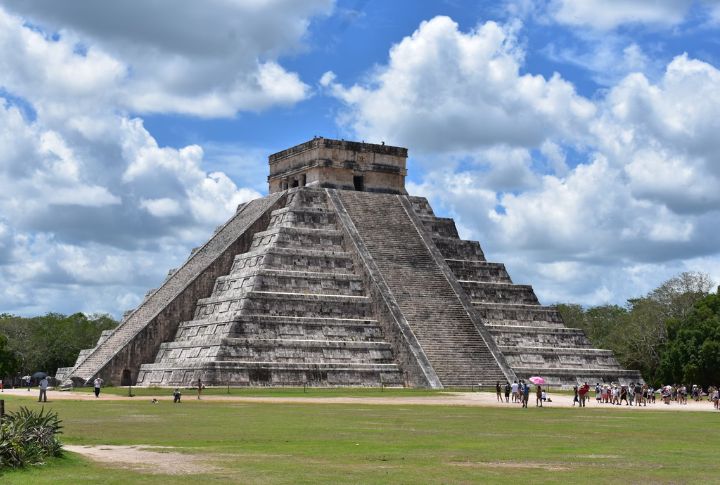
Beneath jungle canopies and deep inside sacred caves, archaeologists have uncovered stunning Maya artifacts revealing ancient ingenuity, ritual, belief, and cross-cultural exchange. If you’re curious, let’s look into these groundbreaking finds that continue to reshape how we see Mayan civilization, one artifact at a time.
Balamku Cave Ritual Offerings

In 2019, explorers journeying through the Balamku cave system beneath Chichen Itza uncovered over 200 ritual artifacts untouched for a millennium. Items such as incense burners and vases with plates, some bearing the likeness of the rain god Tlaloc, suggest ceremonial offerings.
Rio Azul Chocolate Vessel
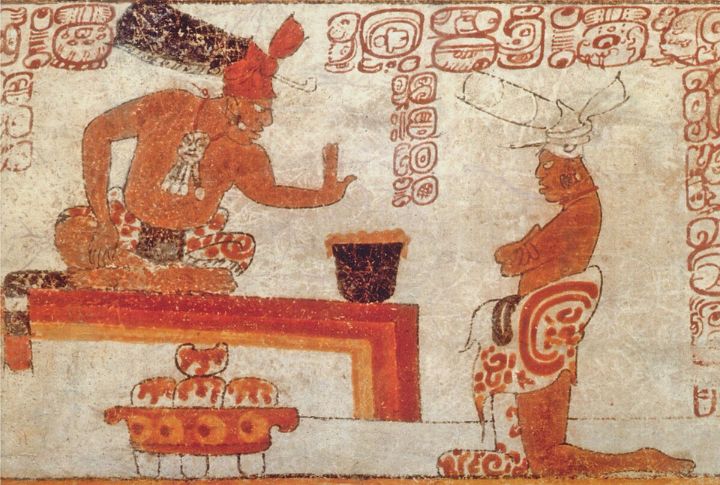
Dug up from a royal tomb at Rio Azul, Guatemala, this fifth-century ceramic cup revealed traces of cacao residue. Its hieroglyphs indicate it was used for chocolate consumption, which highlights the significance of cacao in elite Maya society, both as a luxury beverage and a form of currency.
The Dresden Codex

One of the oldest known American manuscripts, the Dresden Codex is a pre-Columbian Mayan book filled with complex astronomical tables, eclipse predictions, and ritual calendars. This bark-paper codex offers rare insight into the Maya’s advanced knowledge of astronomy and timekeeping long before European contact.
Aguada Fenix Monumental Platform
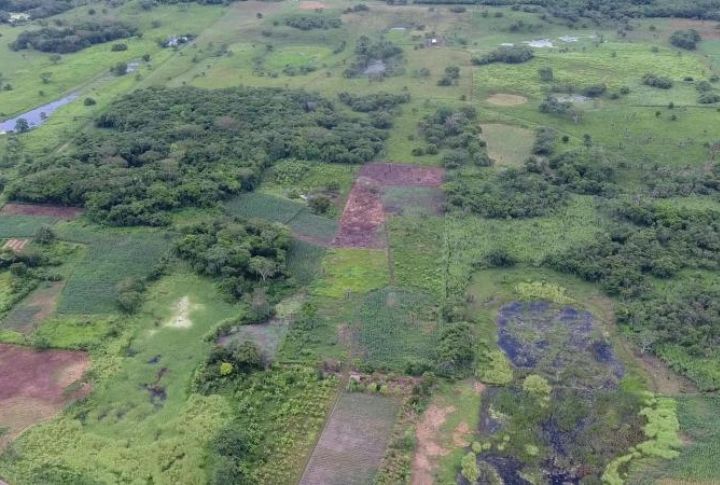
Aguada Fenix is the largest known Maya ceremonial structure, dating back to 1000–800 BCE, and was discovered through aerial surveys in Tabasco, Mexico. The vast platform, constructed from earth and clay, challenges previous notions about the scale and complexity of early Maya society.
Well-Preserved Maya Canoe

Who knew an ancient canoe would turn up in a cenote near Chichen Itza? Over 1,000 years old and just five feet long, it might’ve helped with rituals or collecting water. The canoe was found submerged and remarkably intact, preserved in the cenote’s low-oxygen environment.
Cansacbe Ceramic Dish
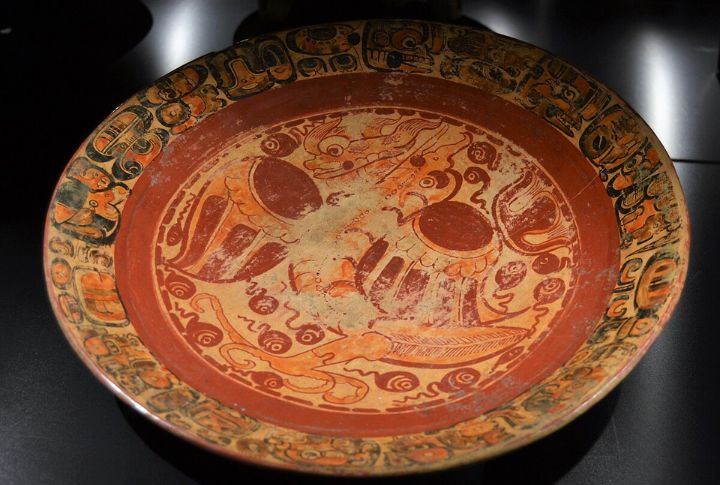
At the Cansacbe site in Campeche, Mexico, archaeologists uncovered a multicolored ceramic dish depicting a supernatural entity. Found in a male burial from the Late Classic period, the artifact provides insights into Maya mythology and funerary practices.
Murals Of San Bartolo
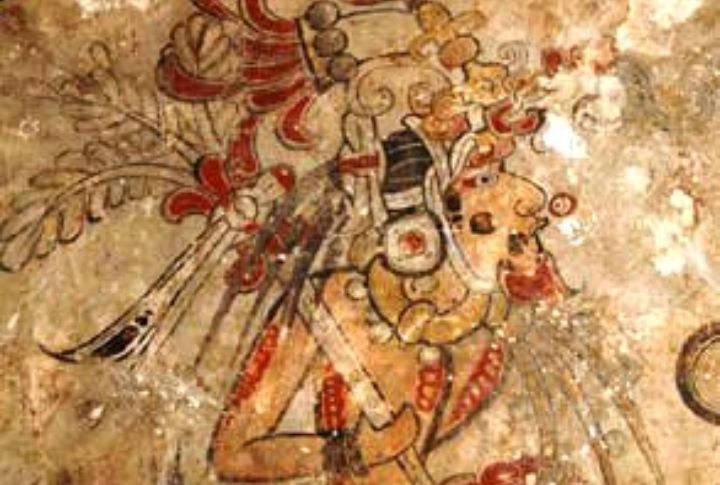
In the early 2000s, archaeologists uncovered vibrant murals inside a buried pyramid at San Bartolo, Guatemala. Dating to around 100 BCE, the paintings depict the maize god and creation rituals, revealing the Maya’s early artistic skill and religious beliefs centuries before their civilization reached its peak.
Pakal The Great’s Stucco Mask
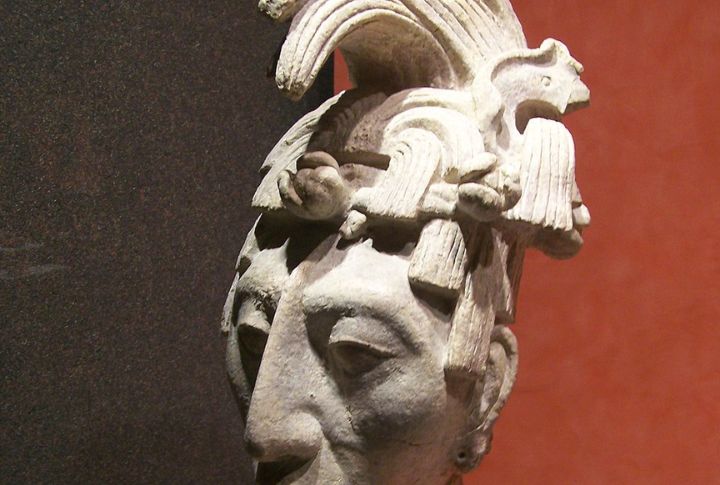
In 2018, excavations at the palace of K’inich Janaab’ Pakal in Palenque, Mexico, revealed a life-size stucco mask believed to represent the esteemed ruler. The mask was discovered alongside fragments of painted murals and architectural elements.
Copan’s Hieroglyphic Stairway

Have you ever imagined climbing 63 steps carved with over 2,000 glyphs? That’s what makes Copan’s Hieroglyphic Stairway so extraordinary. This stairway, found in Honduras, contains the most glyphs of any single Maya inscription ever recorded.
Lake Peten Itza’s Underwater Offering

Divers exploring the clear waters of Lake Peten Itza in Guatemala recovered hundreds of artifacts, including intricately carved ceremonial bowls and sharp obsidian blades. These rare items, possibly used in animal sacrifices, shed new light on the mysterious aquatic rituals practiced by the ancient Maya civilization.

